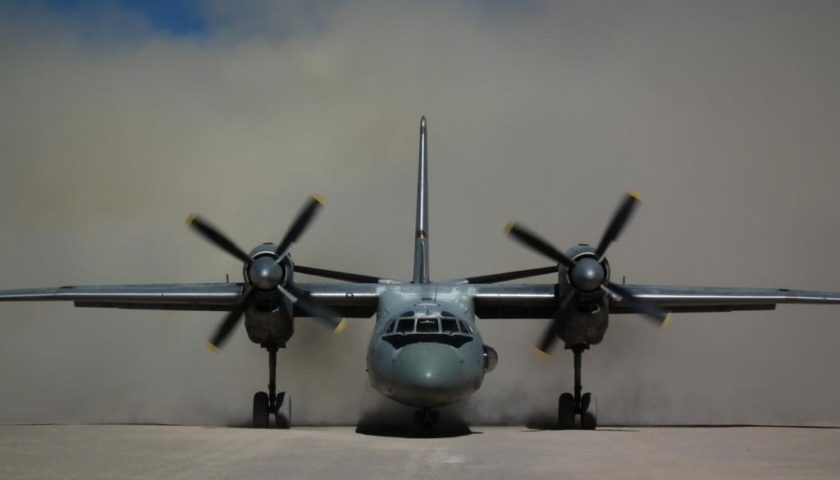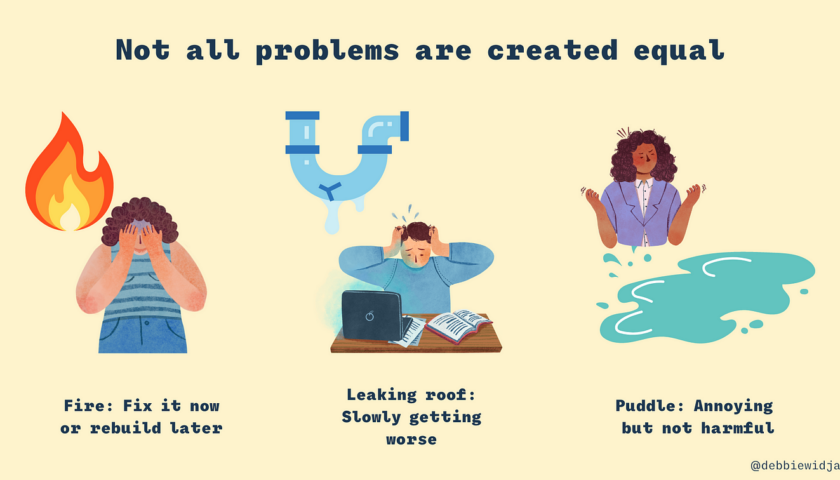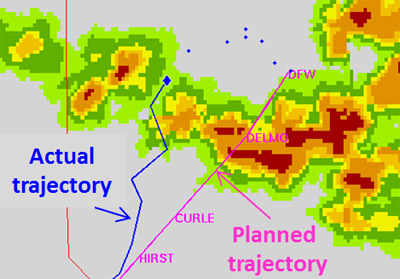..in the Kargil war
I remember it as if it was yesterday. It was the 23rd May 1999, the Kargil conflict was ongoing. My crew and I were in Awantipur to pick up 24 casualties (20 sitting & 4 on stretchers) the casualties were seriously wounded. The age of the passengers ranged between 19-27 years. Some had deep bullet wounds, where the bullet had gone through, but he still had his legs and could sit, stand, walk, and wasn’t on a stretcher. The men who were on a stretcher were the badly hurt ones. They were those, who had stepped on a land mine & had their legs blown off.
The aircraft was the workhorse of the IAF. The AN-32 reeked of Savlon and fear. As we waited for the last of the patients to arrive, I realised, that my An-32 also was a micro India. The diminutive Naga soldier was seated next to a tall Jat, the Tambi was beside the Maratha, the Rajput was alongside a JAKLI, Mahar sat with a tall Guards soldier & the tiny Gurkha was next to an equally tiny, though sturdy Kumaoni. All united by shades of Olive Green and the invisible thread of pain. Injuries they had suffered on our behalf have been forgotten.

In the ambulance, which was parked just at the edge of the ramp (behind the aircraft), was a really young soldier from the Sikh light Infantry. So young, that he barely had any facial hair. A mere boy. He had lost both his legs in a mine blast. In an effort to distract him, I asked him where he was from? I also inquired if he was fond of cricket? His eyes brightened up immediately and he said, “Yes Sir”. Seeing his response, I loudly addressed all my passengers, “India is playing with Kenya and Sachin Tendulkar has scored 140 runs in 101 balls not out. He has helped India reach 329 in 50 overs”. Every eye was on me, riveted and attentive. Noticing their response, I further added, “Tendulkar has dedicated his innings to his father who’s funeral he had returned from the previous day. What do you all think? Will we win?”
“YES SIR!” Pat came the response. All of a sudden, a Tendulkar Tsunami swept through the aircraft and that ambulance behind it.
Everyone forgot their pain & their injuries. They forgot their predicament, and all they could talk about was Tendulkar & his century. Everyone was excitedly chatting with the person next to them. I could see my new friend in the ambulance, talking animatedly. His eyes all lit up, his smile was ecstatic as he described Tendulkar’s shots. He was happy. All my passengers were happy. For a brief period, everything was, the way it ought to be.
I don’t think Mr Tendulkar has a clue about how much we value him in our country, as he sells us everything from washing machines to toothpaste, in an effort to make even more money.
Epilogue: When I landed with my passengers in Delhi, I shared the good news with them that we had indeed won the match, far away in England. My friend who was on a stretcher strapped securely to the floor smiled at me. I shook his hand and wished him well. I am extremely glad it was dark and he couldn’t see my eyes. My crew and I stood behind the aircraft as they disembarked silently wishing them well. It’s men like my passengers that night, who silently walk away after giving their youth for all of us. Please do think about them for a moment.
Jai Hind.
Jai Hind Ke Sena.
Post courtesy: https://scepticnow.wordpress.com
Casualty evacuation, also known as CASEVAC is a military term for the emergency patient evacuation of casualties from a combat zone. Casevac can be done by both ground and air. CASEVACs by air is done by helicopter or fixed wing transport aircraft with or without medical facility. The primary difference between a CASEVAC and a medical evacuation (MEDEVAC) is that a MEDEVAC uses a standardized and dedicated vehicle providing en route care, while a CASEVAC uses non-standardized and non-dedicated vehicles that may or may not provide en route care. The guiding principle in a CASEVAC is to transport casualties that are in dire need for evacuation from the battlefield and do not have time to wait on a MEDEVAC. MEDEVAC aircraft and ground transport are mandated by the Geneva Convention to be unarmed and well marked. Firing on “clearly marked and identified” MEDEVAC vehicles would be considered a war crime under Article II of the Geneva Convention, in the same sense as firing on a hospital ship would be a war crime. CASEVAC transport are allowed to be armed since they are normally used for other purposes but carry no penalties for engagement by hostile forces.



